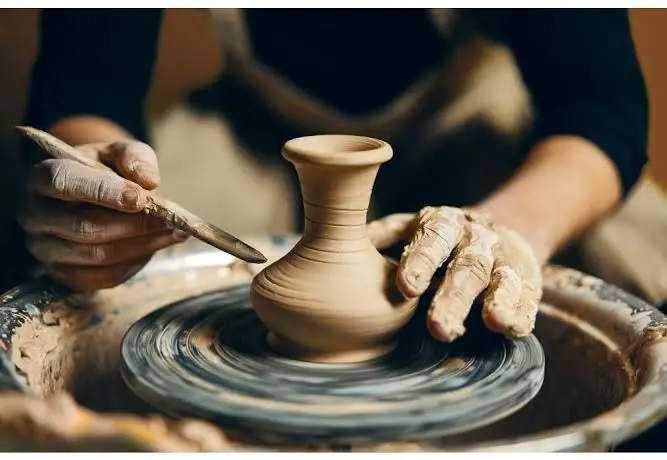Pottery and Craft Workshops in Cebu
Cebu is known for more than its beaches and food. The island also holds a long tradition of handmade pottery and crafts. These workshops let you see how locals shape clay, weave materials, and produce everyday items by hand.
You don’t just watch. You create something with your own hands.
Why Join a Pottery Workshop?
Clay work teaches patience.
You learn how a simple lump of earth becomes a pot or plate.
You can bring home what you make.
It connects you to a craft that has been part of Cebu for generations.
Some studios in Cebu City and nearby towns welcome beginners. A teacher shows you the process step by step. You roll, press, and shape the clay. You try the wheel. You see how heat in the kiln makes the clay strong.
Ask yourself: when was the last time you made something from raw materials?
Learning Handicrafts
Handicraft workshops in Cebu cover weaving, basket-making, and carving. Many of these skills pass down through families. By joining, you support their work and keep the tradition alive.
What You Can Learn:
Weaving: Try working with bamboo or rattan to create mats or baskets.
Carving: Learn simple cuts and patterns from local woodworkers.
Accessory making: Create jewelry from shells, beads, and natural fibers.
Each class gives you direct practice. It’s not about perfection but about learning the craft.
Where to Find Workshops
Cebu City: Some community centers and art cafes run regular pottery and craft classes.
Lapu-Lapu City: Known for guitar-making, you may also find small studios offering craft lessons.
Talisay and Mandaue: Home to traditional potters who allow visitors to try basic pottery steps.
Argao: A town with history in clay brick and pottery. Some families open their homes to learners.
These workshops are often small. A local artist guides a few participants at a time. This makes it easier for you to ask questions and practice at your own pace.
What to Expect
Time: Sessions usually last 2 to 4 hours.
Cost: Prices vary but are often affordable. Some include materials.
Output: You may take home your craft or wait a few days for it to be fired and finished.
Bring clothes you don’t mind getting dirty. Clay, paint, and fibers can stick.
Benefits Beyond Learning
Crafting by hand can be relaxing. It helps you slow down from the fast pace of travel. It also creates a memory you can keep longer than photos.
Think about this: Would you rather buy a souvenir or make one yourself?
Supporting Local Artisans
Every workshop fee supports the local artisans. Many depend on teaching and selling their crafts to continue their work. By joining, you help keep Cebu’s traditional skills alive.
You also connect with people. The stories from the teacher often matter as much as the skills you practice.
Tips Before You Go
Check schedules online or call ahead. Some classes run only on certain days.
Ask if the workshop includes materials.
If you plan to fly soon, confirm if you can bring your finished craft home. Some pottery pieces may need extra care in transport.
Be open to mistakes. Handicrafts are about practice, not instant results.
Final Thought
Cebu is not only for sightseeing. It is also a place to learn with your hands. Pottery and handicraft workshops give you a deeper link to the island.
So, when you plan your trip, ask yourself: Will you just see Cebu, or will you also create something from it?


